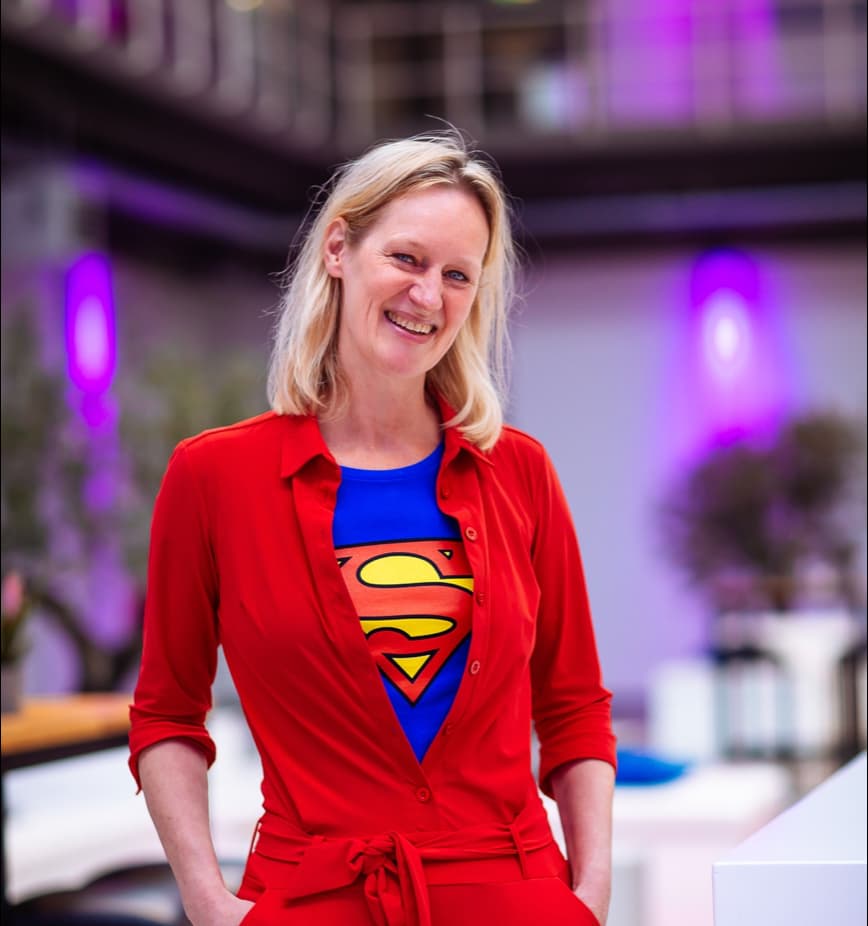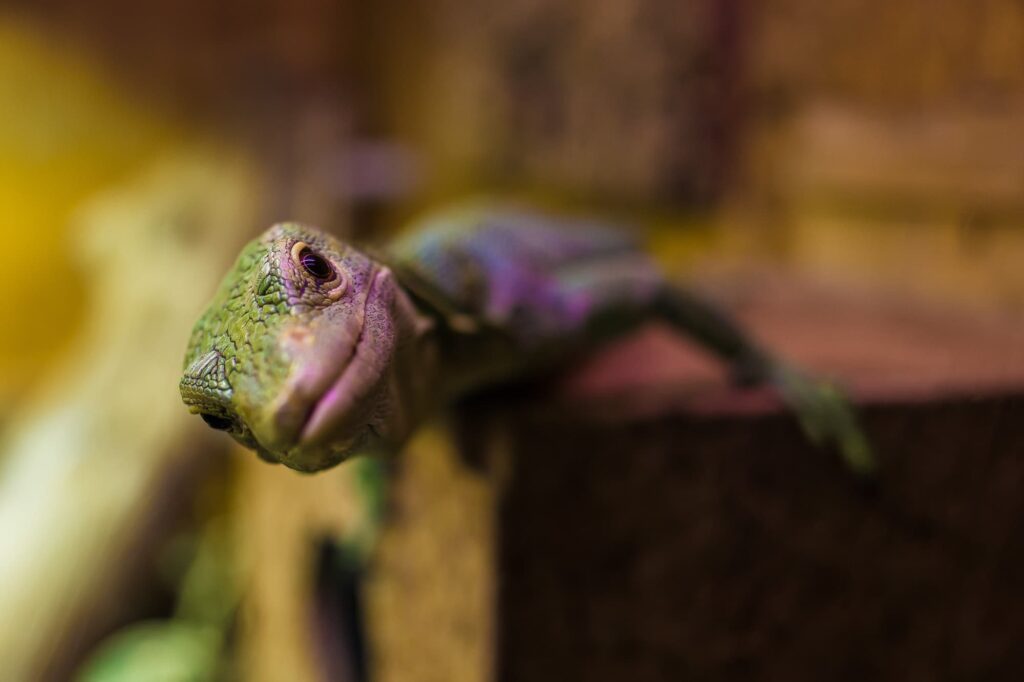White walls, wood, and black steel. We see these design elements everywhere; in homes, workplaces, and coffee shops. That feels comfortable, writes innovation expert Simone van Neerven. But it also dulls our senses. ‘There are fewer surprises that tickle us and that doesn’t do our creativity any good.’
Everything looks more and more the same
Laurel Schwulst, a New York based artist, wanted to redecorate her apartment in 2011. In her search for inspiration, she turned to Airbnb. On that platform, she could poke around in other people’s homes all over the world. On a digital inspiration board, she collected images of appealing interiors.
She quickly noticed that while the Airbnb experience is supposed to be about real people and authenticity, the majority looked the same, whether it be in Brooklyn, Osaka, Rio de Janeiro, Seoul, or Santiago. White walls, raw wood, Nespresso coffee machine, Eames chairs (replica or not), open cupboards, Edison light bulbs. A style in which the rawness of industrialism is combined with the elegance of minimalism.
It's not just homes
This style is not just found in living rooms. In the meantime, almost every coffee shop, workspace, and hotel or airport lounge looks like this. We are surrounded by more of the same all the time.
This phenomenon of converging towards one particular style is everywhere. Over time, the logos of expensive clothing brands have become more similar; simple, thick black letters without fancy details. The same goes for cars. They are becoming more and more uniform in terms of size, shape, and accessories. Even the colour has become more homogeneous; in 1996, about 40% were black, white, gray, or silver. Today, it is no less than 80%.
Entire neighbourhoods look alike. Book titles, video games, movie posters, and so on increasingly appear in the same style. With filters on social media and through Botox and plastic surgery, even people are starting to look the same. Tattoos used to be the ultimate act of rebellion, but now almost every teenager from the age of 16 already has several all over their body. And thus, you are almost more ‘original’ if you don’t have one.
We live in the age of average
We are also increasingly supported and guided by algorithms. Those models are trained with existing data and provide results that are more of the same. And so we are increasingly becoming a ‘society of sameness’.
And there lies an even greater danger in it. What if these models use the output they have produced themselves? In general, copies of copies often lead to worse outcomes.
Researchers from Oxford, Cambridge, and London Imperial College discovered that degeneration occurs if a model learns from data generated by another model. With each iteration, the algorithms filter out fewer exceptions and struggle to separate fact from fiction more. Originality dwindles, and the models even start producing false results.
It may feel nice and comfortable, but it also dulls our senses
There are many reasons why everything converges, often because of efficiency. Cars have to pass the same wind tunnel test and are optimized accordingly, or the logos that due to their think, simple letters, appear to be more effective digitally.
Recognisability also gives us a comfortable feeling. When we’re on the other side of the world, we feel at home in that coffee shop that looks just like your favourite cafe around the corner from where you live.
But it also dulls us. When we are surrounded by much of the same, we are not triggered by surprises and that does not help our creativity. That uncomfortable, restless feeling you get when you see something new or step into the unknown puts you on edge. We need those incentives to grow and to come up with original insights and ideas.
Nike's Air Max 1 and the Center Pompidou in Paris
Without originality, Nike probably wouldn’t have existed anymore. The company was in serious problems in 1985, while competitors such as Adidas, New Balance, and Reebok were doing well. Nike had to do something, but creative talent was hard to find. To turn the tide, they held a contest for a new shoe design. The winner was architect Tinker Hatfield, who was Nike’s corporate architect and designed their offices, stores, and showrooms since 1981. He had never designed a shoe in his life.
He was immediately transferred to the sneaker designer team. For his very first creation, he drew inspiration from the Center Pompidou in Paris. That building is known for its unique ‘inside out’ design, where all mechanical and circulation systems are prominently visible on the outside of the building. Hatfield came up with the Air Max 1, a shoe where you can see inside. It turned out to be a huge success and, together with the lucrative deal with Michael Jordan, marked the turnaround for Nike.
The magic of something completely different from the rest
Original, authentic creativity is something magical that is hard to capture in a formula. Hatfield himself once described it as “creativity is a function of the freedom in your head”. But we still don’t know exactly how this works. What we do know is that the more we conform, the less diversity there is. And that kills creativity and innovation. Compare it to nature, where monocultures ultimately lead to all kinds of problems, but diverse environments flourish and new things are constantly being created.
This article was originally published in Dutch on MT/Sprout, the most popular business and management platform in the Netherlands.
don’t miss out!
subscribe and get my columns straight into your mailbox


